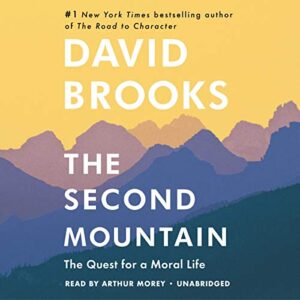 Summary: I am not sure how to summarize this book.
Summary: I am not sure how to summarize this book.
Washington Black was on a number of best books of 2018. It finally got to be my turn from the library this past week and I quickly read it. I am still not sure what I think of it frankly.
Washington Black is a young slave boy working the fields with his caregiver Kit in the sugar cane fields of Barbados in the 1830s. Seemingly at random, they are ordered into the master’s home to serve the relatively new master and his brother’s dinner. That chance led to Washington Black being conscripted into working for the master’s visiting scientist brother, Christopher (Titch). Titch is a quiet abolitionist, but still takes advantage of the slave labor he has access to and uses the wealth of the family (from slaves) for his scientific investigations. Over a short period of time, Washington (Wash) learns to read and more importantly with his access to pencil and paper and books he discovers that he has a talent for drawing. Titch eventually discovers this and their relationship, while still Master and Slave becomes more complicated.
Due to a plot detail, the two of them leave the island and so starts the story of the next 10 years of Wash’s life. There is loneliness, isolation, a semblance of freedom, romance and love. But also a lot of really strange random events that are pieced together to make up the story.







 Summary: An exposure of how “˜White American Folk Religion’ and Christianity are not the same things.
Summary: An exposure of how “˜White American Folk Religion’ and Christianity are not the same things. In general, Walton is telling this story autobiographically. Each chapter is a different lie, and so he identifies how he has previously believed or been impacted by the lie then deconstructs the lie and replaces it with right belief and right behavior (similar to how James Bryan Smith approaches understanding and resounding to God in
In general, Walton is telling this story autobiographically. Each chapter is a different lie, and so he identifies how he has previously believed or been impacted by the lie then deconstructs the lie and replaces it with right belief and right behavior (similar to how James Bryan Smith approaches understanding and resounding to God in  Summary: A brief introduction to what beauty is, why it is important and why we need to understand it.
Summary: A brief introduction to what beauty is, why it is important and why we need to understand it.